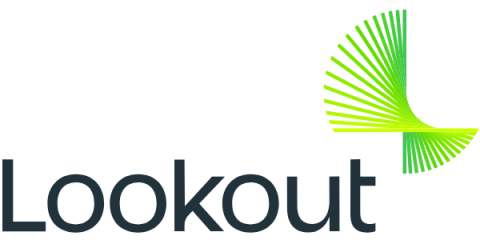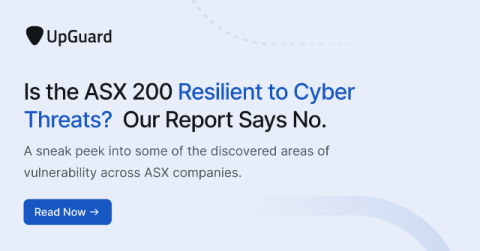Security Service Edge (SSE): The Ultimate Guide to Enhancing Data Protection
Mobile devices, remote access, cloud-based applications — the security perimeter as we once knew it has disappeared. The proliferation of cloud-native infrastructure has given organizations and their employees more immediate access to their work than ever before. But this convenience cannot come at the cost of security, as malicious actors look for new ways to exploit an ever-increasing number of access points.











